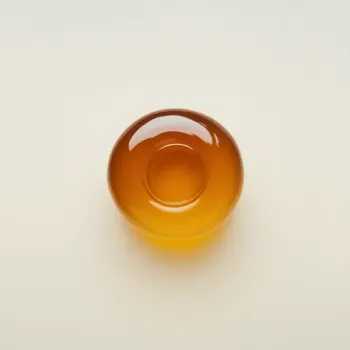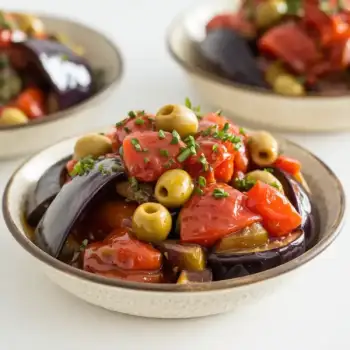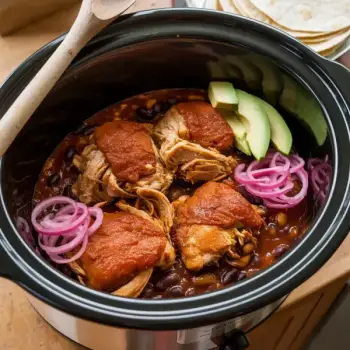


Raw
Honey in its purest form, extracted from the beehive and strained to remove impurities. It can vary in color and flavor depending on the flowers visited by the bees.
Comb
Honey sold as it is in the beeswax comb, often enjoyed as a spread or chewed like gum for its natural flavors and textures.
Liquid
Honey that has been pasteurized and filtered to a clear, pourable consistency. It's the most common form found in stores.
Creamed
Honey that has been processed to control crystallization, resulting in a smooth, spreadable texture.
Infused
Honey that has been flavored with additional ingredients such as herbs, spices, or fruit essences.
Whipped
Honey that has been mechanically processed to incorporate air, making it light and creamy.




raw honey: Manuka Health
liquid honey: Nature Nate's
creamed honey: Wedderspoon
infused honey: Savannah Bee Company

Baking: Incorporate honey into baked goods for natural sweetness and moisture. When substituting honey for sugar, use less honey than sugar, as it is sweeter and reduce other liquids in the recipe by about 1/4.
Glazing: Honey is an excellent glaze for meats and vegetables. Brush it on towards the end of the cooking process to create a sweet, caramelized crust without burning the honey.
Raw Applications: Honey's complexity shines in raw applications, such as dressings, marinades, or as a drizzle on desserts and cheeses. It adds a nuanced sweetness without the need for cooking.














